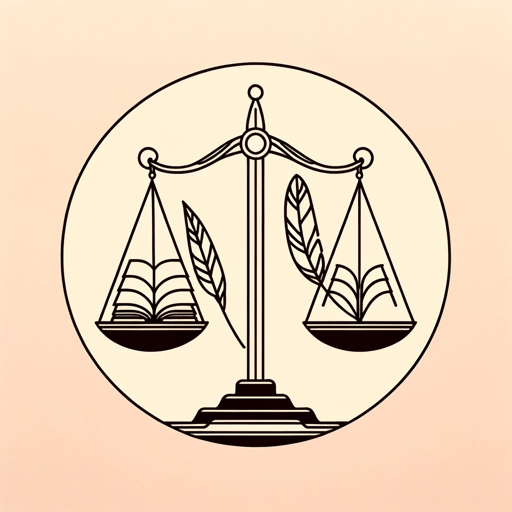56 pages • 1 hour read
Khalil Gibran MuhammadThe Condemnation of Blackness
Nonfiction | Book | Adult | Published in 2010A modern alternative to SparkNotes and CliffsNotes, SuperSummary offers high-quality Study Guides with detailed chapter summaries and analysis of major themes, characters, and more.
Introduction-Part 1, Chapter 2Chapter Summaries & Analyses
Part 1
Introduction Summary
Author Khalil Gibran Muhammad opens by describing The Condemnation of Blackness as a biography of the role that Black criminality played in the making of modern American cities. The term “Black criminality” refers to how crime came to be conflated with Blackness in post-slavery America. This conflation was built by relying on purportedly “objective” crime statistics that emphasized “Black crimes” while erasing white ones.
Muhammad focuses on the period between 1890 and 1940, and he explains his wish to answer how and why racial crime statistics become the center of public discourse in the United States. These racial statistics caused crime to be inexorably linked to Blackness. His thesis is that “racial inferiority and crime became fastened to African Americans by contrast to ideas of class and crime that shaped views of European immigrants and working-class whites” (6).
Muhammad marks the Progressive Era as a key historical moment that established the framework for Black criminality. For instance, the 1890 census relied on raw data that highlighted the disproportionate incarceration rates of Black Americans without taking into consideration the discriminatory policing and legal practices that led to such imprisonment.

